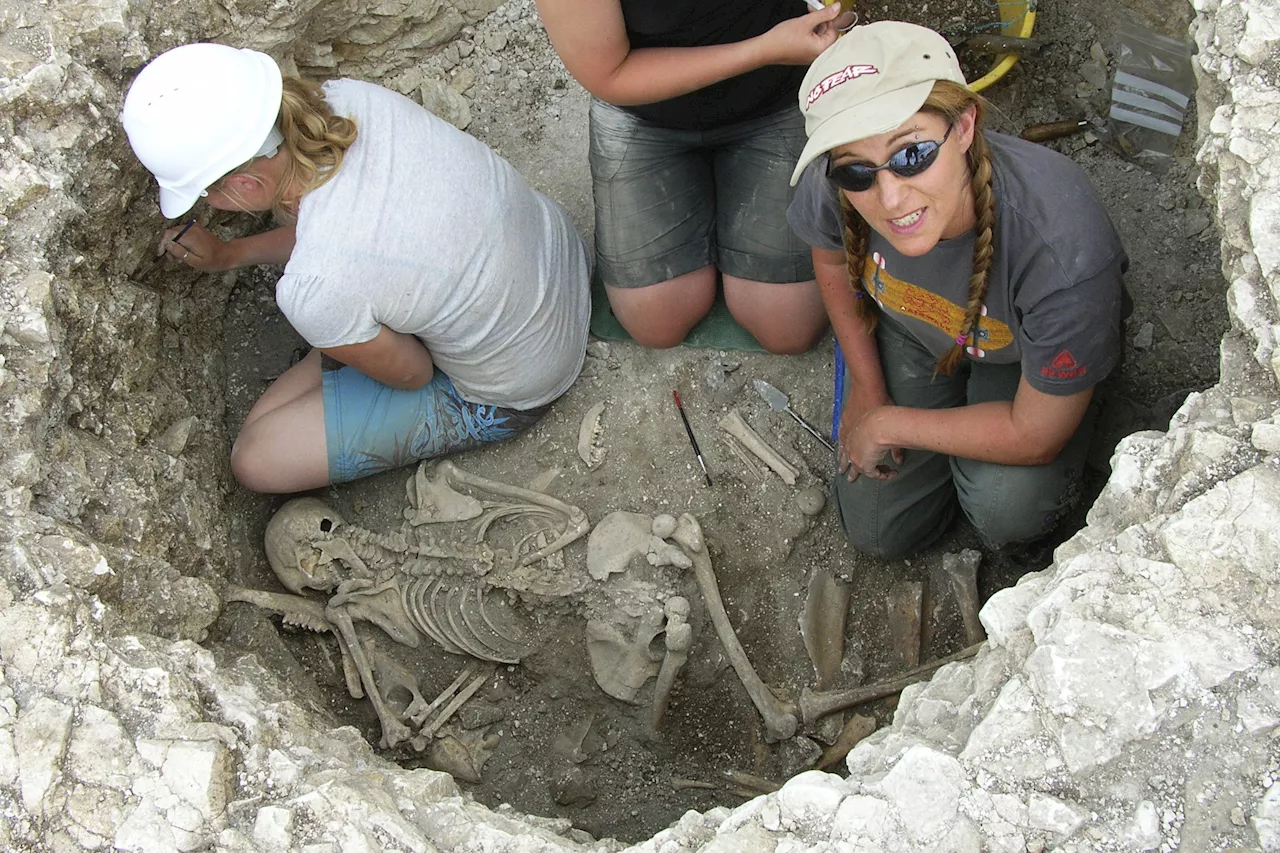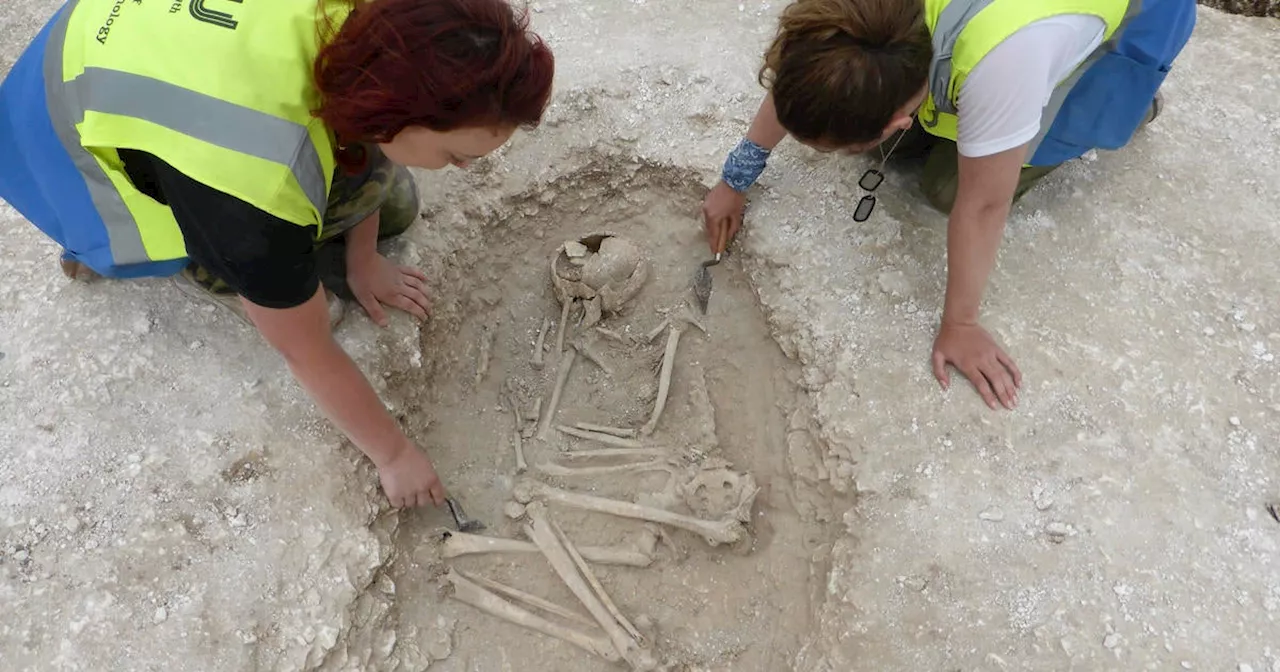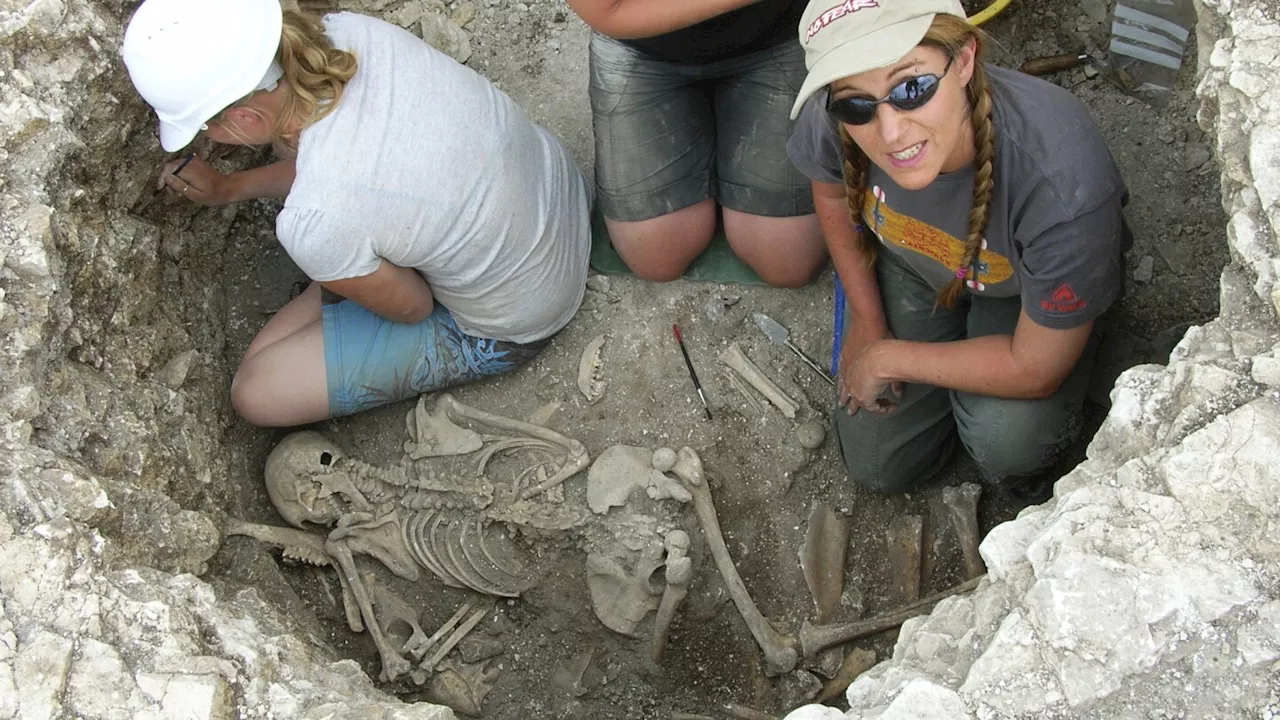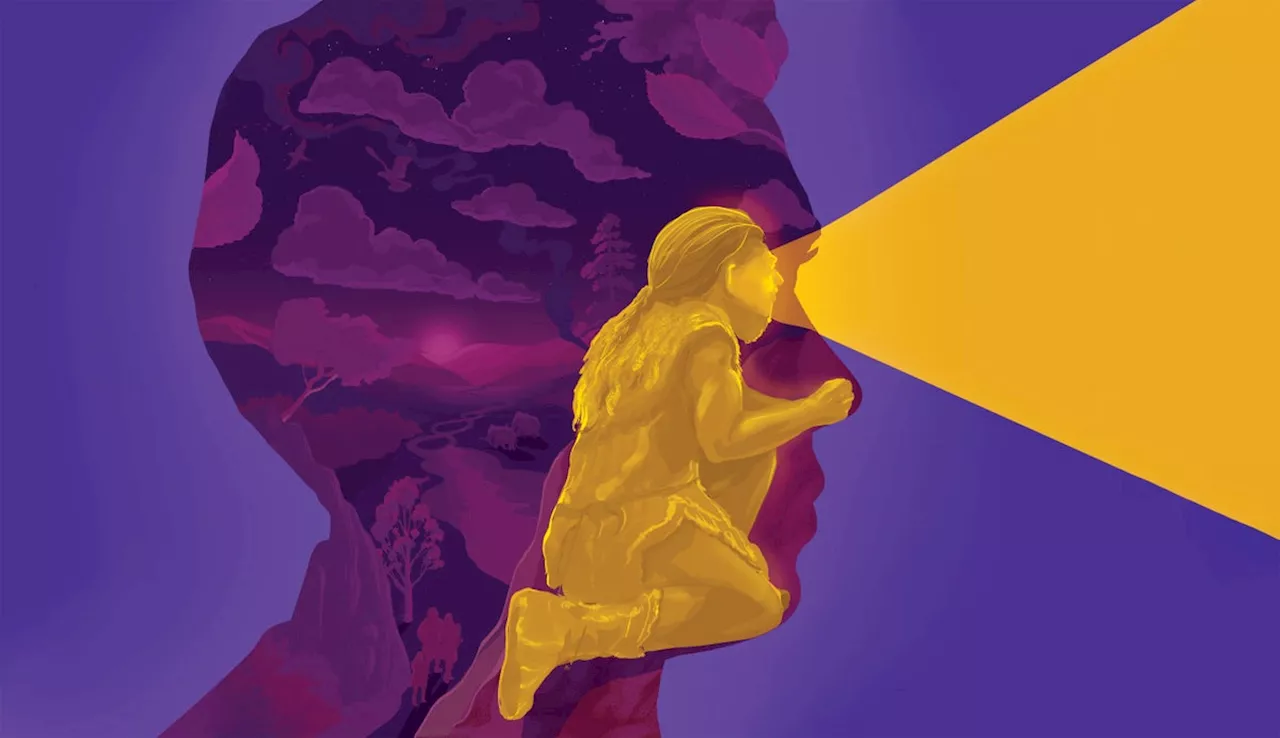The rise of pastoralist peoples in the Eurasian steppes and their westward spread some 5,000 years ago may have been fueled by sheep herding and people exploiting their milk. As early as 8,000 years ago the team found evidence that farmers were deliberately selecting their flocks -- for example, for the genes coding for coat color.
Ancient DNA analyses bring to life the 11,000-year intertwined genomic history of sheep and humans." ScienceDaily. ScienceDaily, 30 January 2025. <www.sciencedaily.comTrinity College Dublin. . Ancient DNA analyses bring to life the 11,000-year intertwined genomic history of sheep and humans.
Few genomes have been sequenced from early modern humans, who first arrived in Europe when the region was already inhabited by Neanderthals. An international team has now sequenced the oldest modern ...
Geography Earth Science Ice Ages Anthropology Early Humans Origin Of Life Cultures
United States Latest News, United States Headlines
Similar News:You can also read news stories similar to this one that we have collected from other news sources.
 Ancient DNA Sheds Light on Human MigrationsScientists have made groundbreaking discoveries using ancient DNA, revealing details about human migration patterns in the past.
Ancient DNA Sheds Light on Human MigrationsScientists have made groundbreaking discoveries using ancient DNA, revealing details about human migration patterns in the past.
Read more »
 Ancient DNA Reveals Women Central to Celtic Britain's Social NetworksNew genetic evidence suggests that female family ties were central to social structures in pre-Roman Britain.
Ancient DNA Reveals Women Central to Celtic Britain's Social NetworksNew genetic evidence suggests that female family ties were central to social structures in pre-Roman Britain.
Read more »
 Ancient DNA from graves reveals 'jaw-dropping' discovery about Iron Age women in U.K., scientists sayScientists analyzing 2,000-year-old DNA have revealed that a Celtic society in the southern U.K. during the Iron Age was centered around women, a study said.
Ancient DNA from graves reveals 'jaw-dropping' discovery about Iron Age women in U.K., scientists sayScientists analyzing 2,000-year-old DNA have revealed that a Celtic society in the southern U.K. during the Iron Age was centered around women, a study said.
Read more »
 Ancient DNA Reveals Women's Central Role in Celtic Social NetworksA study of Iron Age Celtic cemetery in Dorset, England, using ancient DNA analysis has shown that women held significant social and economic influence within Celtic society.
Ancient DNA Reveals Women's Central Role in Celtic Social NetworksA study of Iron Age Celtic cemetery in Dorset, England, using ancient DNA analysis has shown that women held significant social and economic influence within Celtic society.
Read more »
 Ancient Viral DNA Plays Crucial Role in Early Embryo DevelopmentOver half of our genomes consist of remnants of ancient viral DNA called transposable elements. Researchers have discovered that these elements, once dismissed as the 'dark side' of the genome, are reactivated during early embryo development and play a crucial role in cellular plasticity. By studying embryos from various mammalian species, scientists found that distinct types of these ancient viral elements are expressed in each species, suggesting a conserved mechanism across mammals.
Ancient Viral DNA Plays Crucial Role in Early Embryo DevelopmentOver half of our genomes consist of remnants of ancient viral DNA called transposable elements. Researchers have discovered that these elements, once dismissed as the 'dark side' of the genome, are reactivated during early embryo development and play a crucial role in cellular plasticity. By studying embryos from various mammalian species, scientists found that distinct types of these ancient viral elements are expressed in each species, suggesting a conserved mechanism across mammals.
Read more »
 Unveiling the Legacy of Neanderthals: How Ancient DNA Shapes Modern HumansThis article delves into the fascinating world of Neanderthal DNA and its enduring impact on modern humans. From immune system function to brain development, exploring how interbreeding with our extinct cousins continues to shape our biology and cognition.
Unveiling the Legacy of Neanderthals: How Ancient DNA Shapes Modern HumansThis article delves into the fascinating world of Neanderthal DNA and its enduring impact on modern humans. From immune system function to brain development, exploring how interbreeding with our extinct cousins continues to shape our biology and cognition.
Read more »
